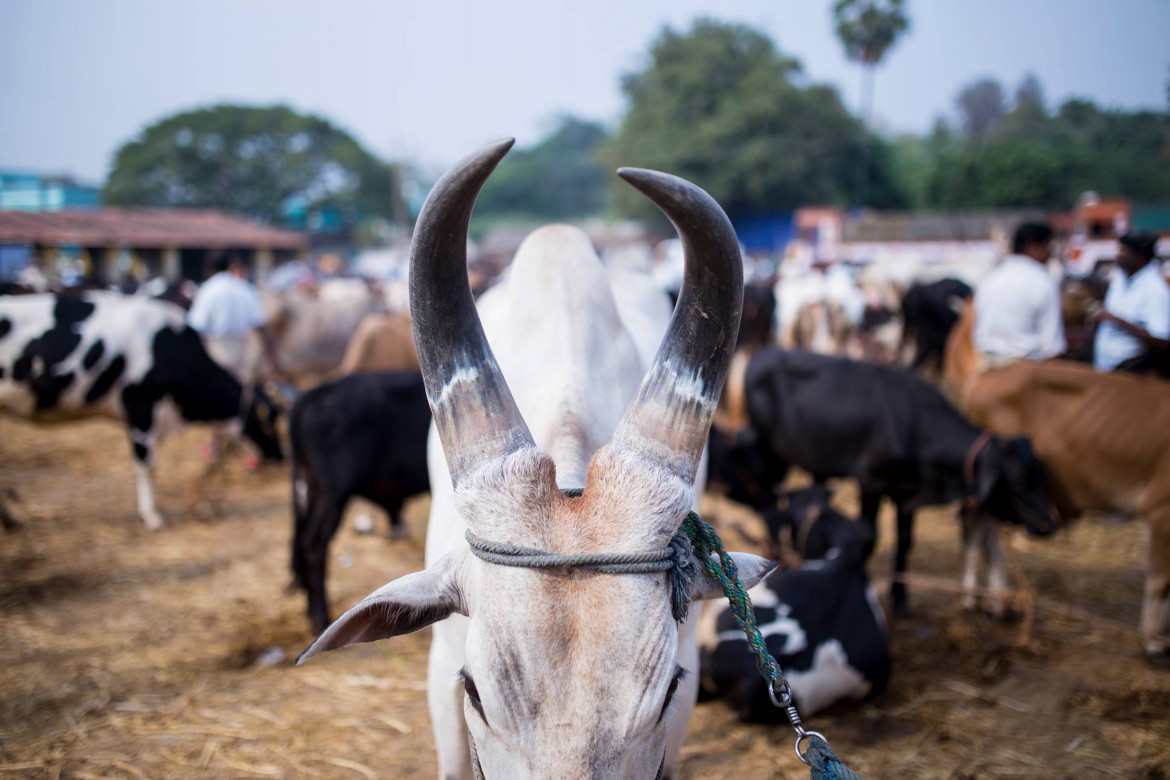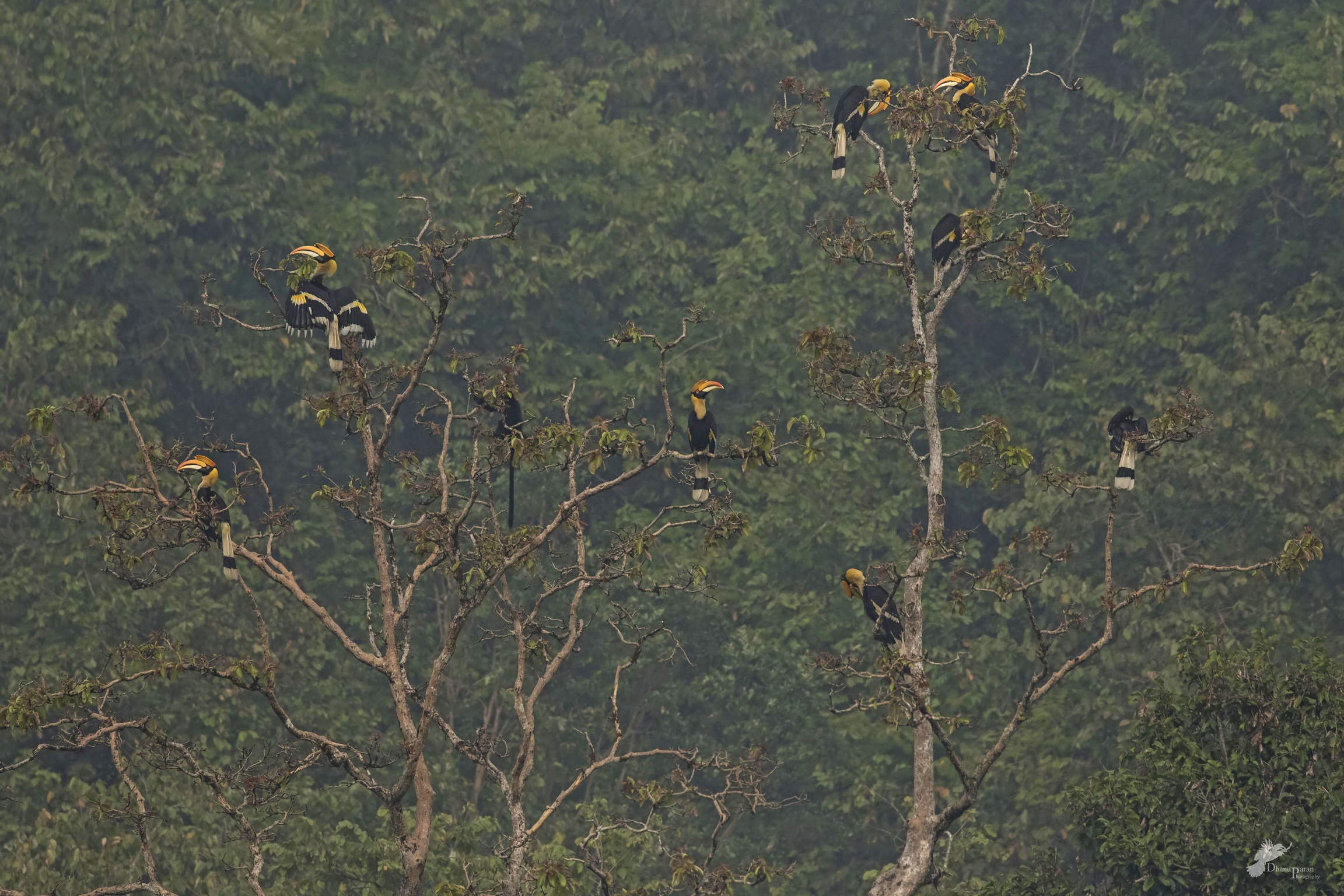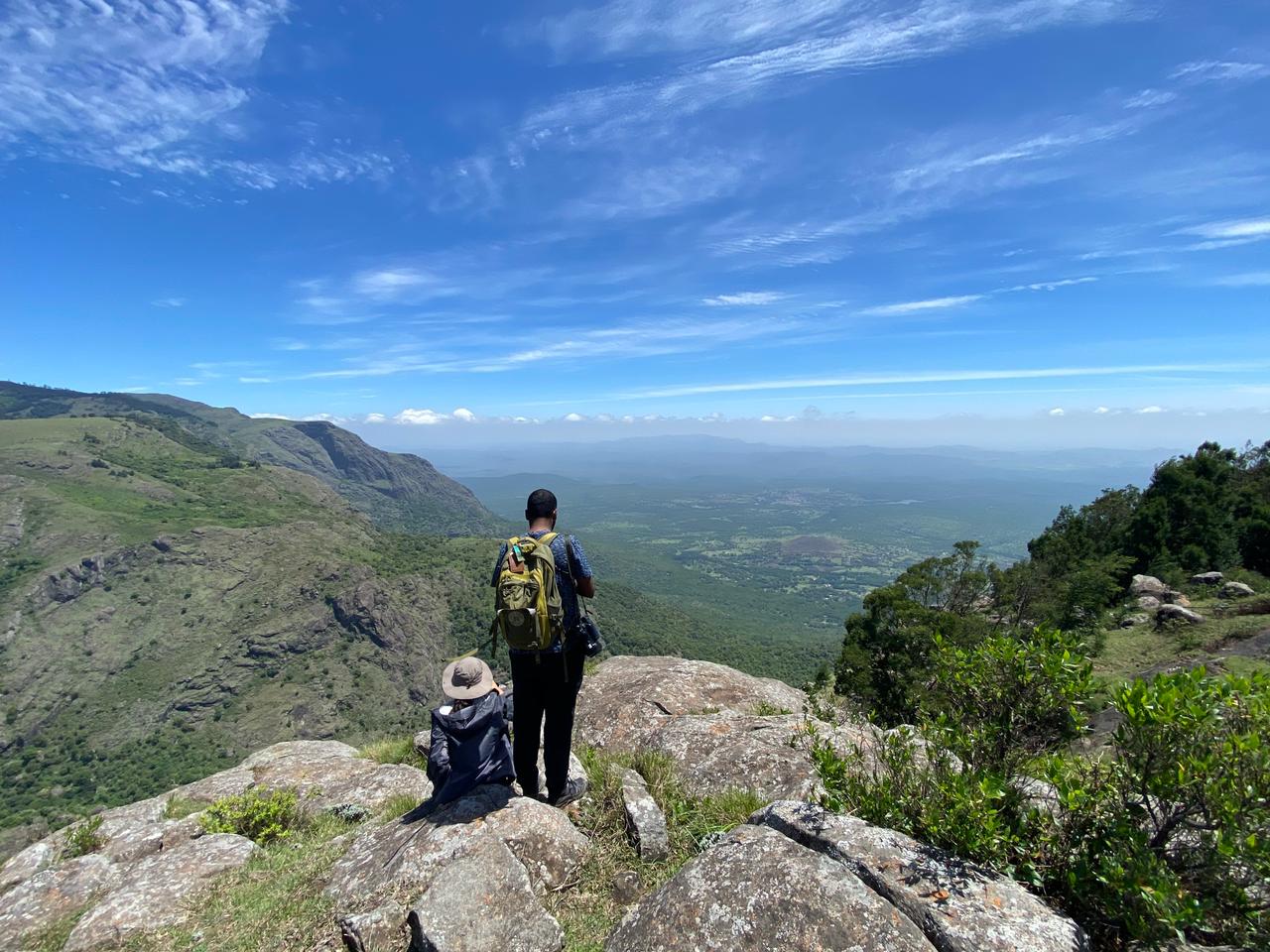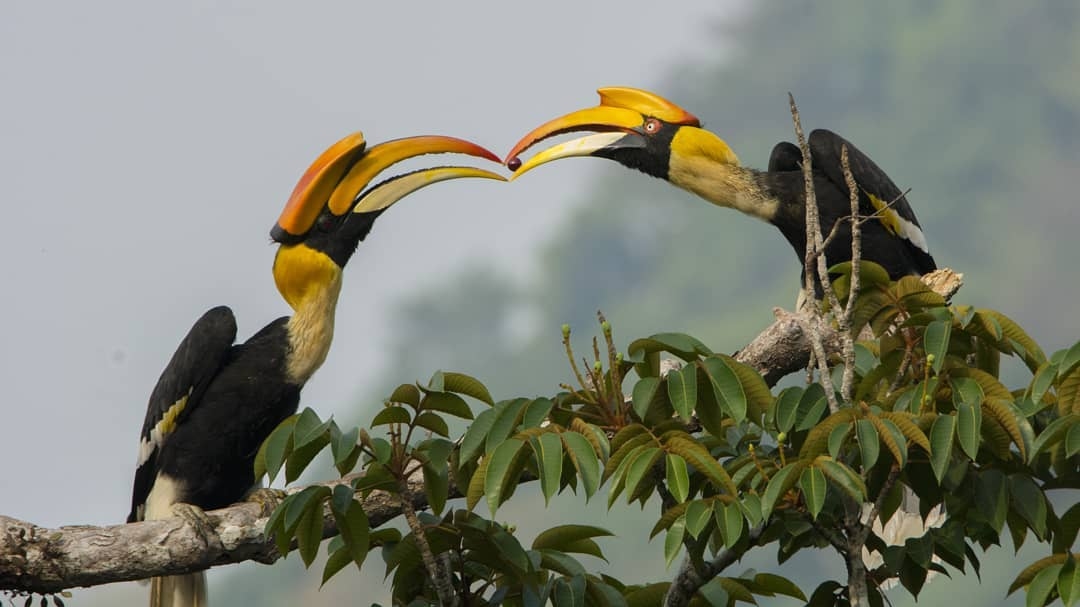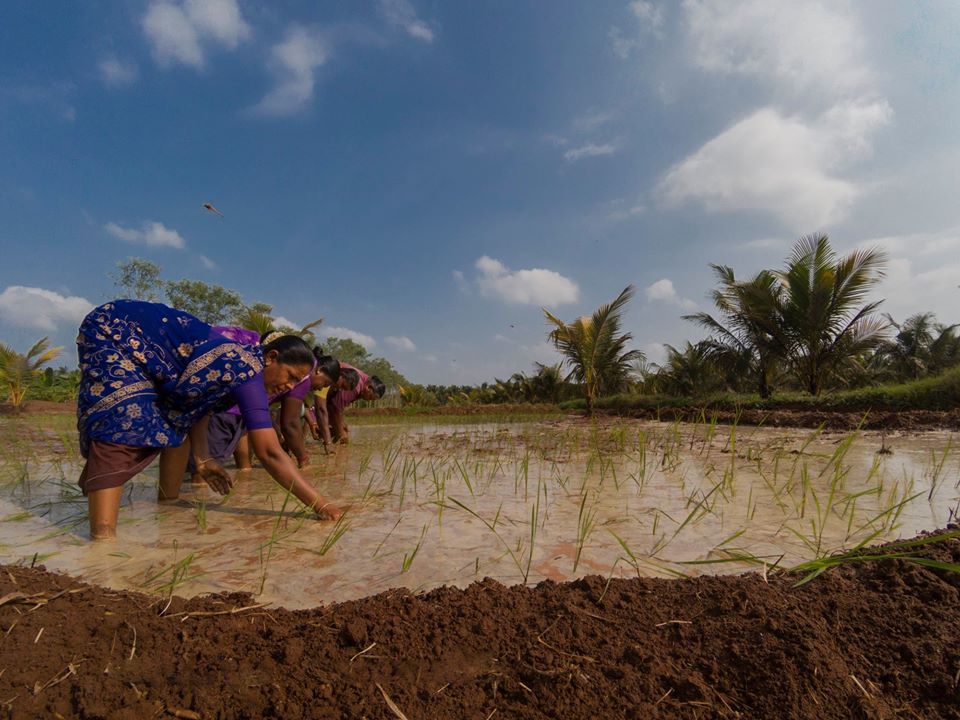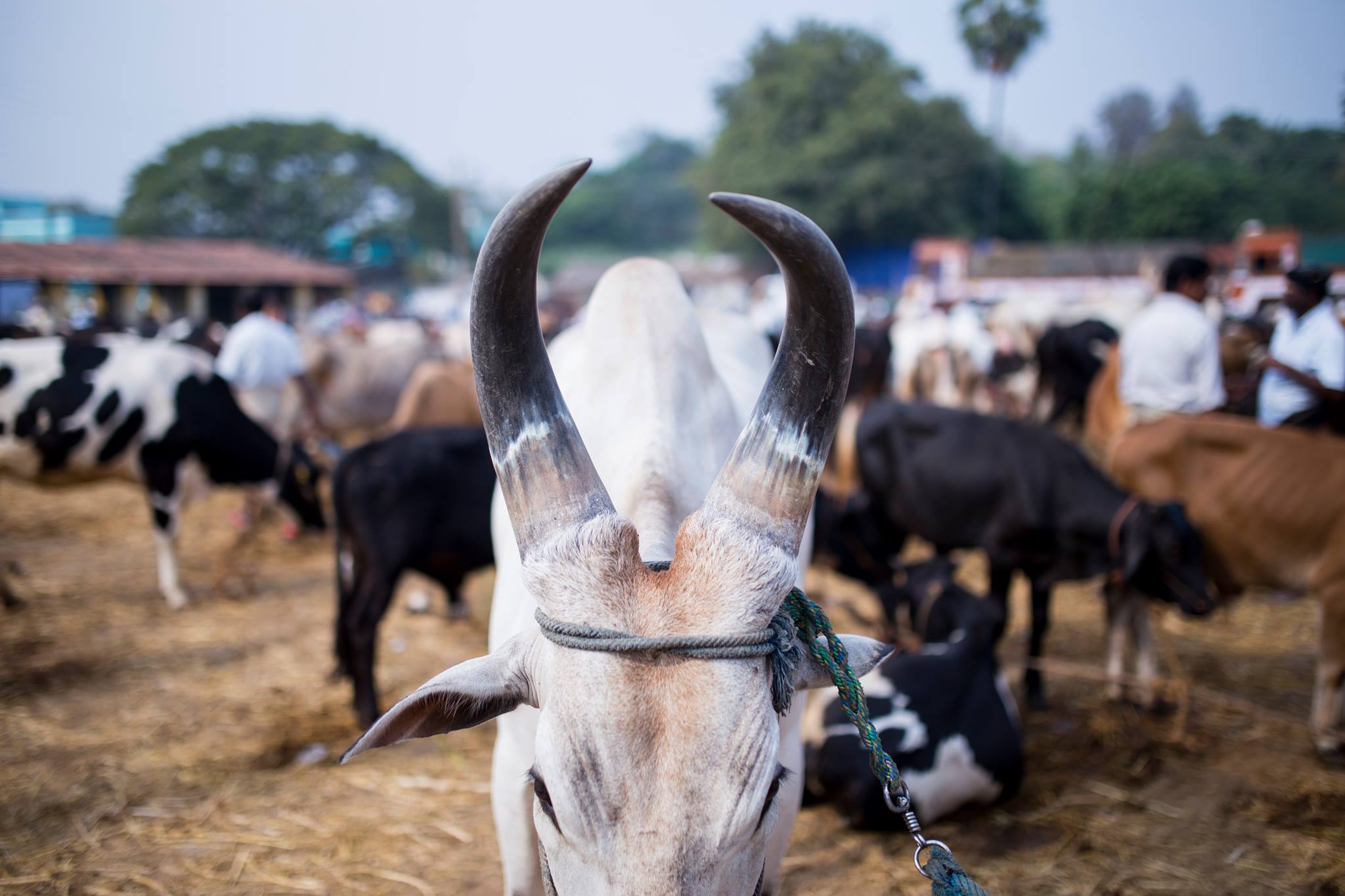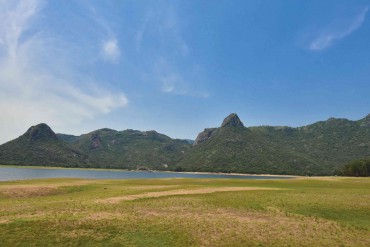Our tour of the maatu sandhai (cattle market) begins in a small, tiled roof room that allows little natural light in. Anchoring the room is a granite topped desk, at the head of which sits Mr. Thendral Selvaraj, of the Tamil Nadu Cattle Members Association. He begins to tell us, with a distinct flow of eloquence, about the times when the sandhai was a major hub of trade and activity, so much so that local schools would declare holidays on weekly sandhai days. In the years bygone, the weekly Pollachi sandhai, considered one of the largest markets in the country, sold everything one needed, from sweet indulgences like thaen mittai (sugar candy) to household staples and livestock. The cattle market would often pick up pace on the eve of the sandhai.
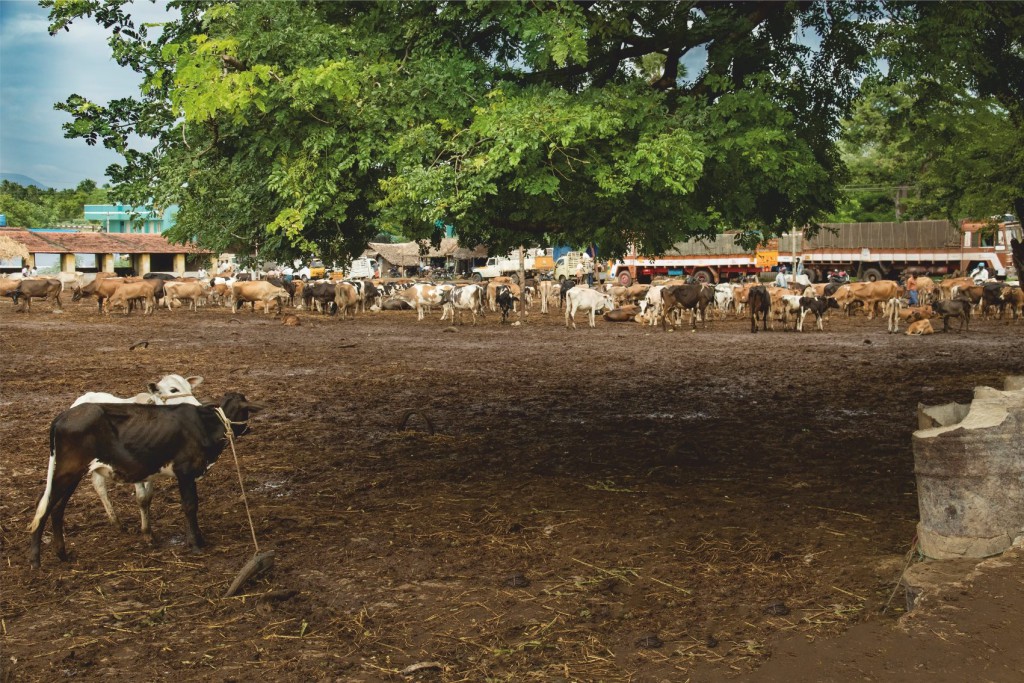
A longish conversation with Mr. K.T.M. Durai, transports us into a world long past. Mr. Durai, an affable man in his mid-fifties, belongs to a family that has ancestrally contracted the land for the sandhai. Four decades down the line, he continues to retain some of the most vivid memories of the sandhai from his childhood experiences. He reminisces how the sandhai was a long drawn affair back then. Milch cows, buffaloes and oxen were brought on foot from places as far as Sozhavandaan in Madurai and the trip, which sometimes spanned a fortnight, called for detailed planning and effort.
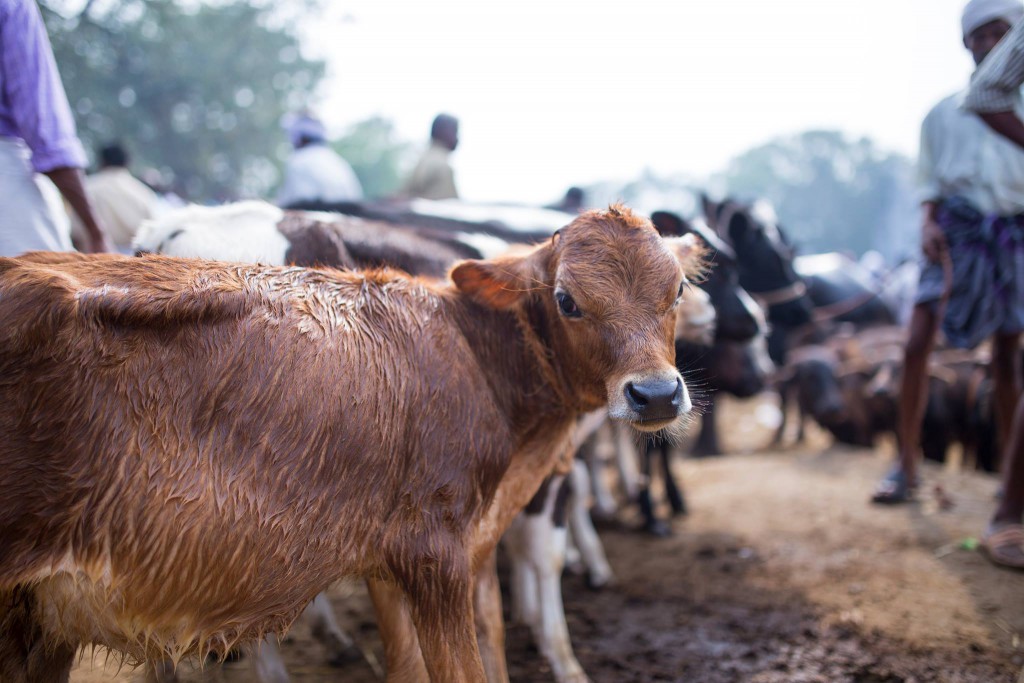
Mr.Durai’s earliest memory is of bunking school and dashing to the sandhai on a Wednesday afternoon to claim his seat at the entrance. The entrance fee for a bullock cart was a mere 4 annas back then! The farmers would arrive by Wednesday evening to set up their encampments and as night fell, the whole market area would be a glow with the light from theepandhams (fire torches). The sandhai would slowly stir to a halt by Thursday evening. What was the soundscape like? Were there loudspeakers blaring Tamil numbers, we ask. Mr.Durai guffaws and tells us all he can recall is the sound of fizzing soda. Back then, in addition to small eateries, the sandhai housed a shop that was popular for sherbets and sodas, and it was not uncommon to see people queuing up outside!
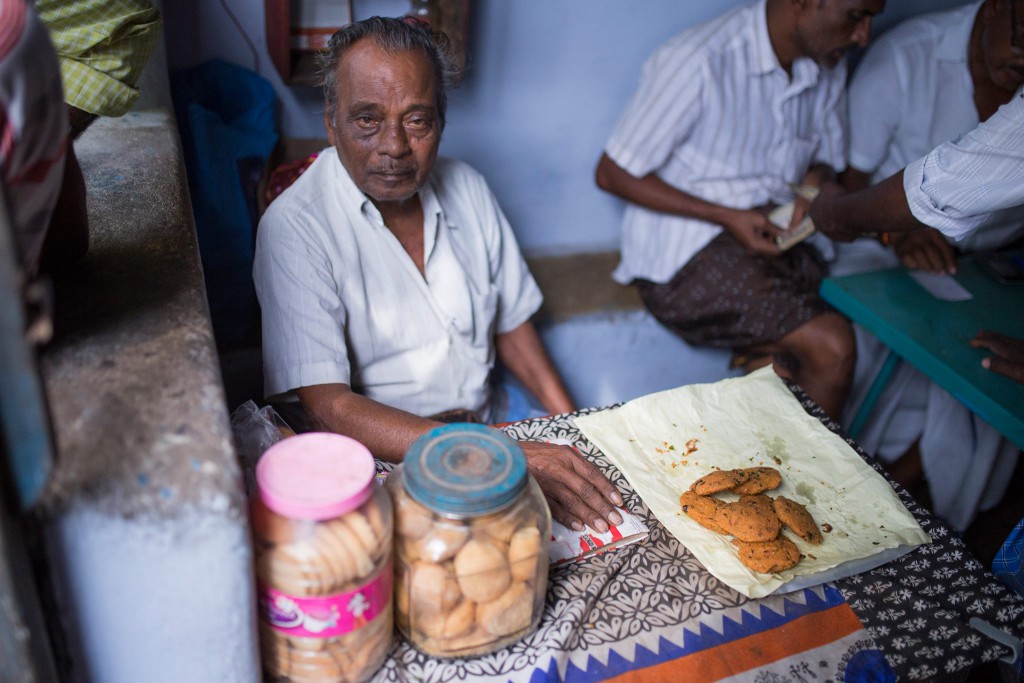
Today, Pollachi’s maatu sandhai, despite the many odds it faces, continues to retain an air of rustic living. Spread over several acres, the sandhai witnesses the mass trading of over a thousand cattle each week. As we wade our way through a sea of bovine population, we are greeted by a discordant mix of animals mooing and men vociferously trying to seal a deal.
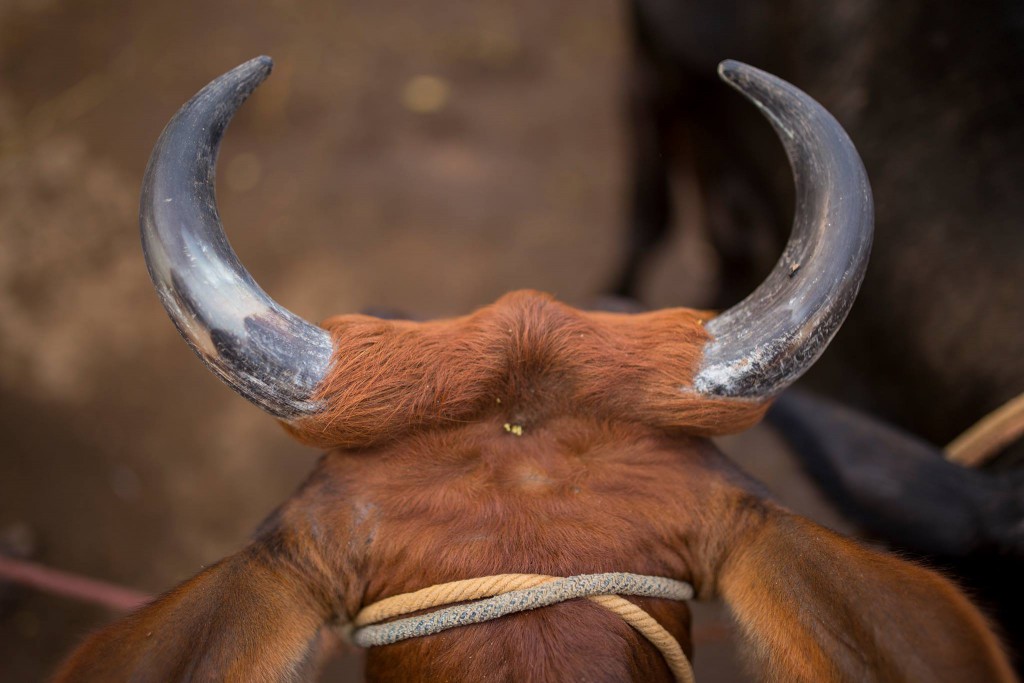
We look on, like flies on a wall, as one potential buyer examines a cow’s lower incisor teeth (this is how a cow’s age is determined) while another closely inspects its suzhi (circle on the rear head) for auspiciousness. Unlike the past, when deals were made non-verbally under a piece of cloth, the transactions today are carried out in the open.
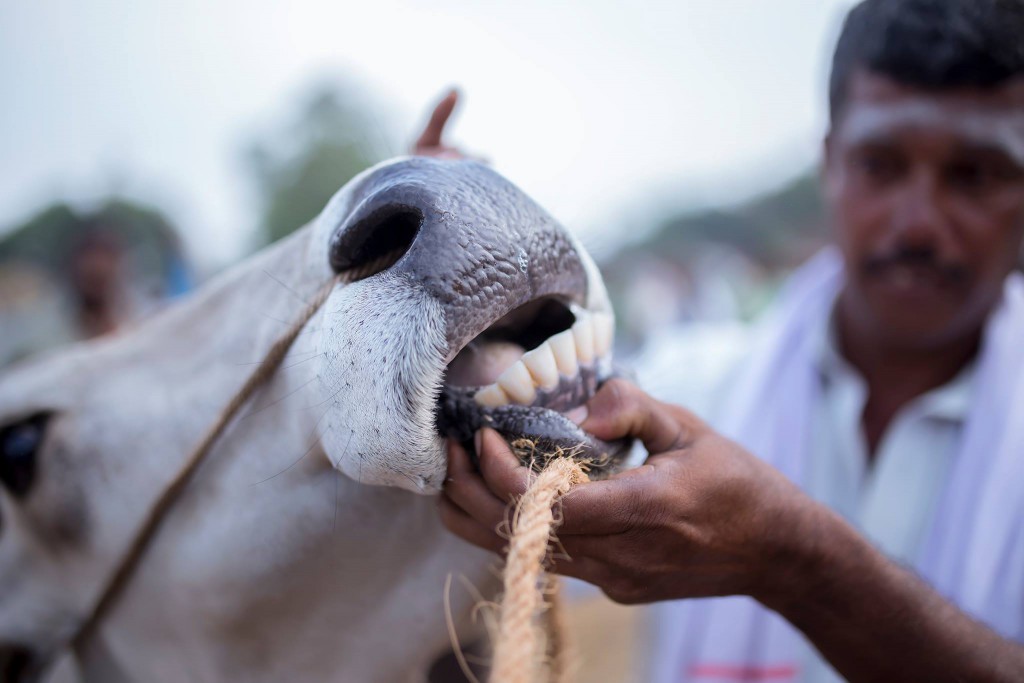
Over the last two decades, government policies have promoted cross bred animals that promise greater milk yield, leading to a slow extinction of native breeds. Today great efforts are being taken to revive these sturdier native breeds, which were agricultural mainstay before tractors made their appearance. There are murmurs about how the celebrated rekla race and jallikattu were once a big incentive to raise native breeds. The more we learn of the situation, the more we are compelled to wonder what choices a poor farmer may have in all this uproar. The choices are clearly not aplenty for a farmer, who has little to sustain himself, forget maintaining an unproductive cow or making plans for the long term.
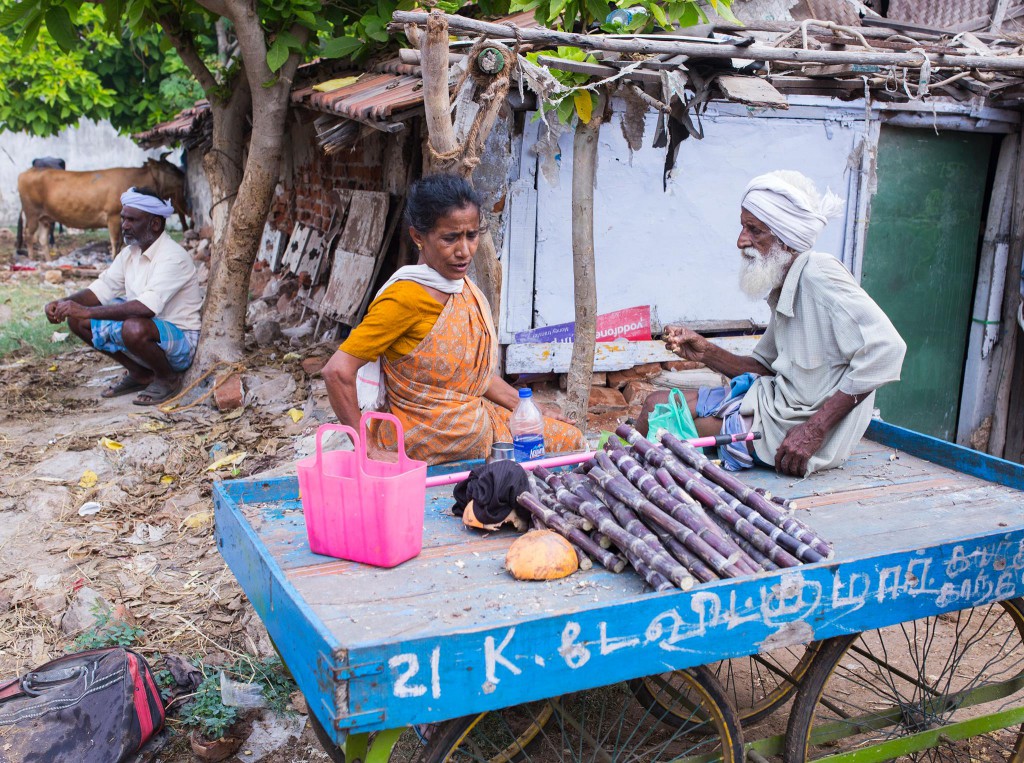
When we recover from this brief, pensive train of thought, we are drawn to the scenes around us. Scenes without a soupcon of modernity – a farmer’s kinship with his cow, a pinkosavu saree clad woman selling cow feed, traders on their haunches sipping on a cup of tea, locals idly chewing on sugarcane.
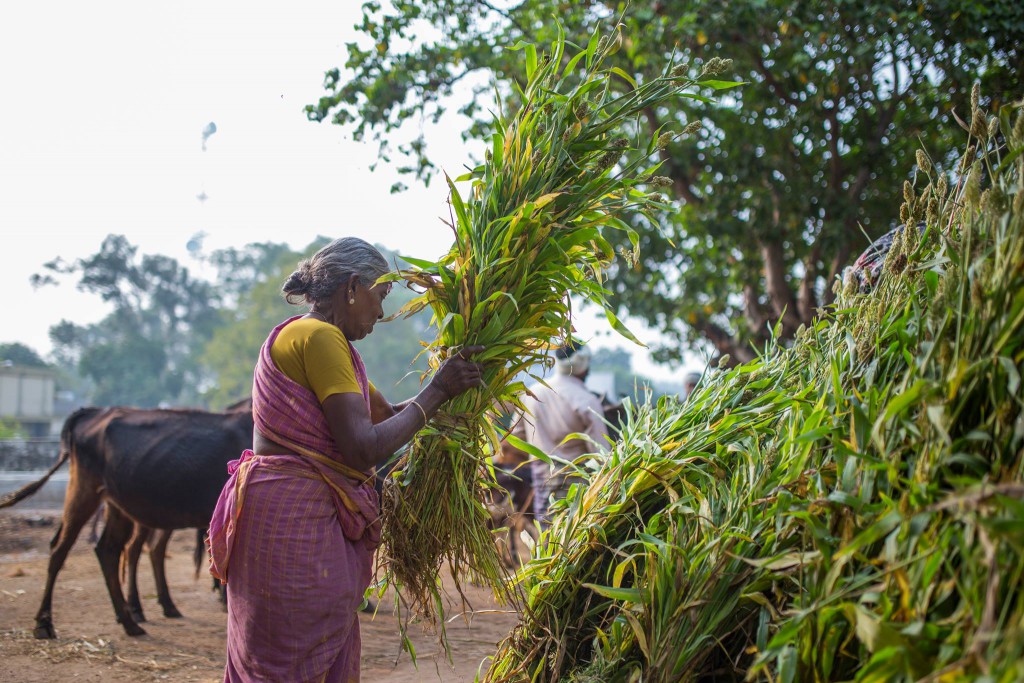
The maatu sandhai is not the kind of place that will sweep you off your feet. But in an era when most small towns are succumbing to the surge of urbanisation, Pollachi’s maatu sandhai feels like a chapter from a book on primitive times – reason enough to have it on your tourist radar!
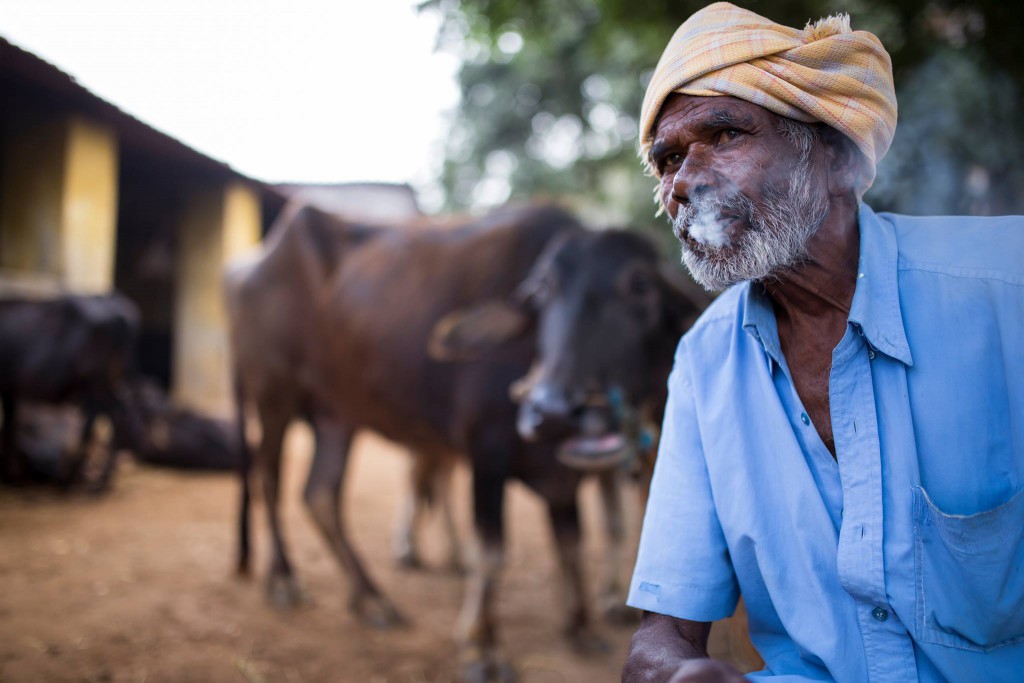
Stop by the sandhai as dawn breaks on a Tuesday or Thursday morning and see some local flavours come to the fore!

